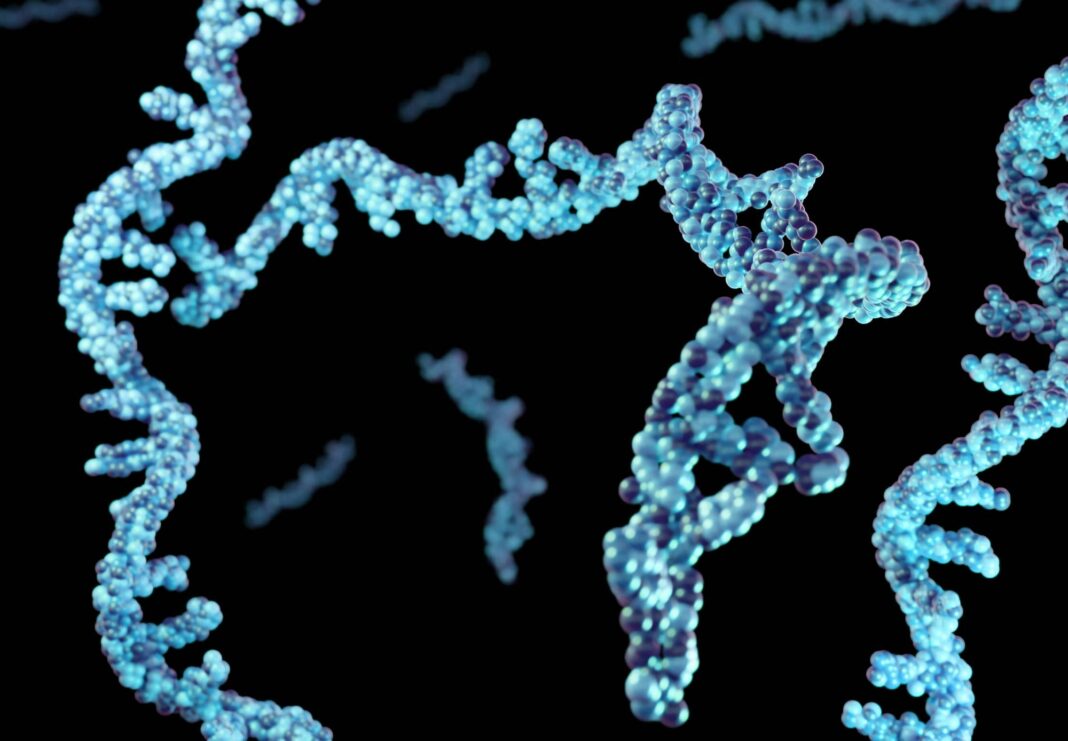It’s early October—the time of year when a few, select, researchers receive an early morning phone call from Stockholm. The first of the Nobel prizes awarded, announced on Monday morning, was the Nobel Prize in Physiology or Medicine. This year, it was given to Katalin Karikó, PhD, and Drew Weissman, MD, PhD, for their discoveries concerning nucleoside base modifications that enabled the development of effective mRNA vaccines against COVID-19.
Through their groundbreaking findings, which fundamentally changed our understanding of how mRNA interacts with our immune system, Karikó and Weismann contributed to the unprecedented rate of vaccine development during the COVID-19 pandemic—one of the greatest threats to human health in modern times.
The use of mRNA technologies for vaccines and therapeutic purposes came into focus in the 1980s, in large part due to the introduction of efficient methods for producing mRNA without cell culture. But there were challenges. In vitro transcribed mRNA was unstable and challenging to deliver, requiring the development of sophisticated carrier lipid systems to encapsulate the mRNA. In addition, in vitro-produced mRNA gave rise to inflammatory reactions. Enthusiasm for developing the mRNA technology for clinical purposes wained.
These obstacles did not discourage the Hungarian biochemist Karikó, who was devoted to developing methods to use mRNA for therapy. During the early 1990s, while an assistant professor at the University of Pennsylvania, she remained true to her vision of realizing mRNA as a therapeutic despite encountering difficulties in convincing research funders of the significance of her project. Weissman, a new colleague of Karikó’s, was interested in dendritic cells, which have important functions in immune surveillance and the activation of vaccine-induced immune responses. Spurred by new ideas, a fruitful collaboration between the two soon began, focusing on how different RNA types interact with the immune system.
Karikó and Weissman discovered that dendritic cells recognize in vitro transcribed mRNA as a foreign substance, which leads to their activation and the release of inflammatory signaling molecules. They wondered why the in vitro transcribed mRNA was recognized as foreign while mRNA from mammalian cells did not give rise to the same reaction. Karikó and Weissman realized that critical properties must distinguish the different types of mRNA.
Karikó and Weissman knew that bases in RNA from mammalian cells are frequently chemically modified, while in vitro transcribed mRNA is not. They sought to understand if the absence of altered bases in the in vitro transcribed RNA could explain the unwanted inflammatory reaction. To investigate this, they produced different variants of mRNA, each with unique chemical alterations in their bases, which they delivered to dendritic cells. The inflammatory response was almost abolished when base modifications were included in the mRNA. This was a paradigm change in the understanding of how cells recognize and respond to different forms of mRNA. Karikó and Weissman understood that their discovery had profound significance for using mRNA as therapy. These seminal results were published in Immunity, in the 2005 paper, “Suppression of RNA Recognition by Toll-like Receptors: The impact of nucleoside modification and the evolutionary origin of RNA.”
In further studies published over the next several years, Karikó and Weissman showed that the delivery of mRNA generated with base modifications markedly increased protein production compared to unmodified mRNA. The effect was due to the reduced activation of an enzyme that regulates protein production. Through their discoveries that base modifications both reduced inflammatory responses and increased protein production, Karikó and Weissman had eliminated critical obstacles on the way to clinical applications of mRNA.
Interest in mRNA technology began to pick up, and in 2010, several companies were working on developing the method for vaccine production against Zika virus and MERS-CoV. But it was the two base-modified mRNA vaccines encoding the SARS-CoV-2 surface protein, developed at record speed, that drove mRNA technology into the limelight. Protective effects of around 95% were reported, and both vaccines were approved as early as December 2020. The vaccines have saved millions of lives and prevented severe disease in many more, allowing societies to open and return to normal conditions.
Through their fundamental discoveries of the importance of base modifications in mRNA, Karikó and Weissman critically contributed to this transformative development during one of the biggest health crises of our time.
The impressive flexibility and speed with which mRNA vaccines can be developed pave the way for using the new platform for vaccines against other infectious diseases. In the future, the technology may also be used to deliver therapeutic proteins and treat cancer.
In 2021, GEN and the Rosalind Franklin Society hosted a webinar in which Katalin Karikó, PhD, walked through the history of mRNA and the advances that led to its role in the COVID-19 vaccine, including the discovery of the critically important modifications.


